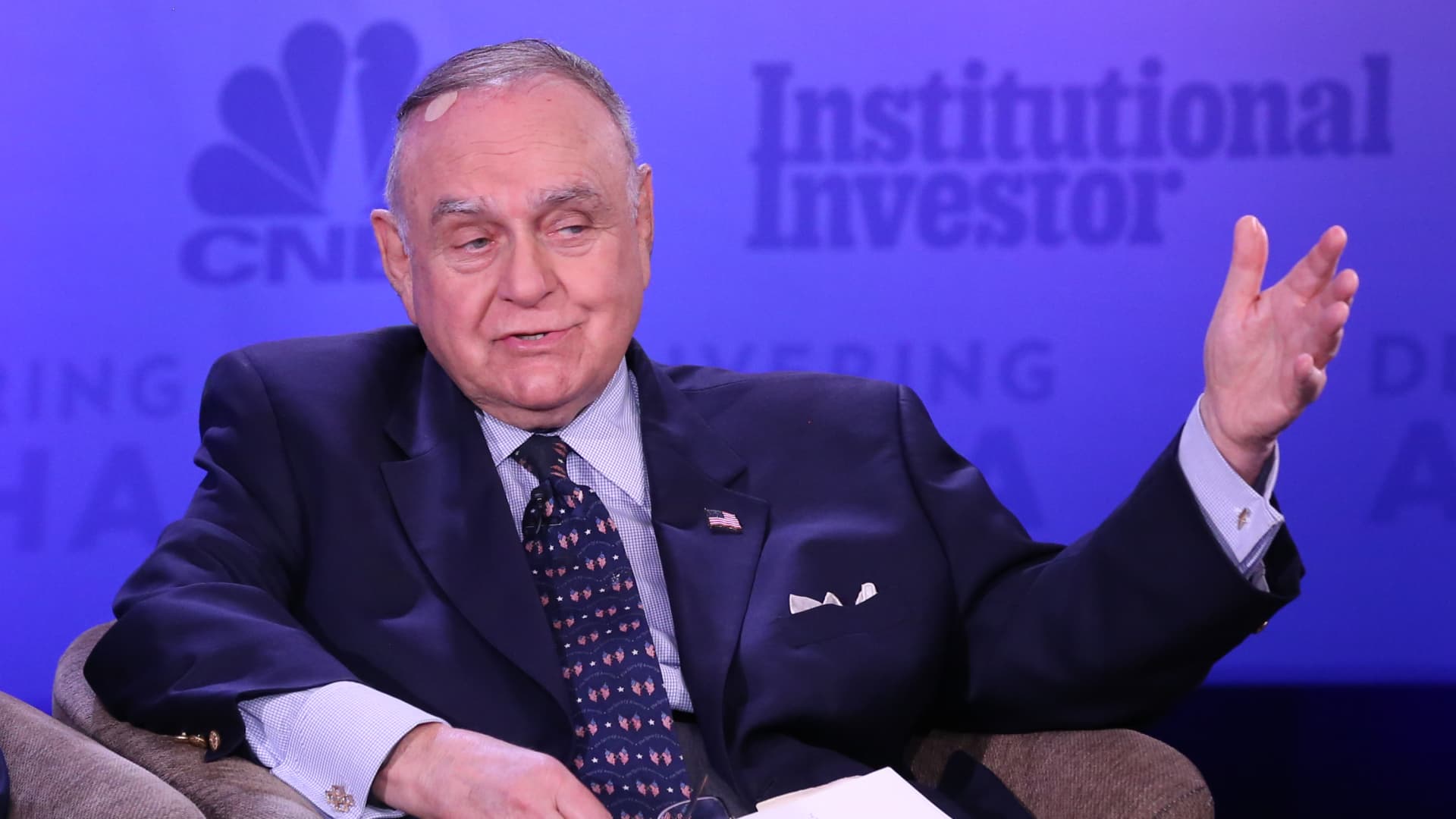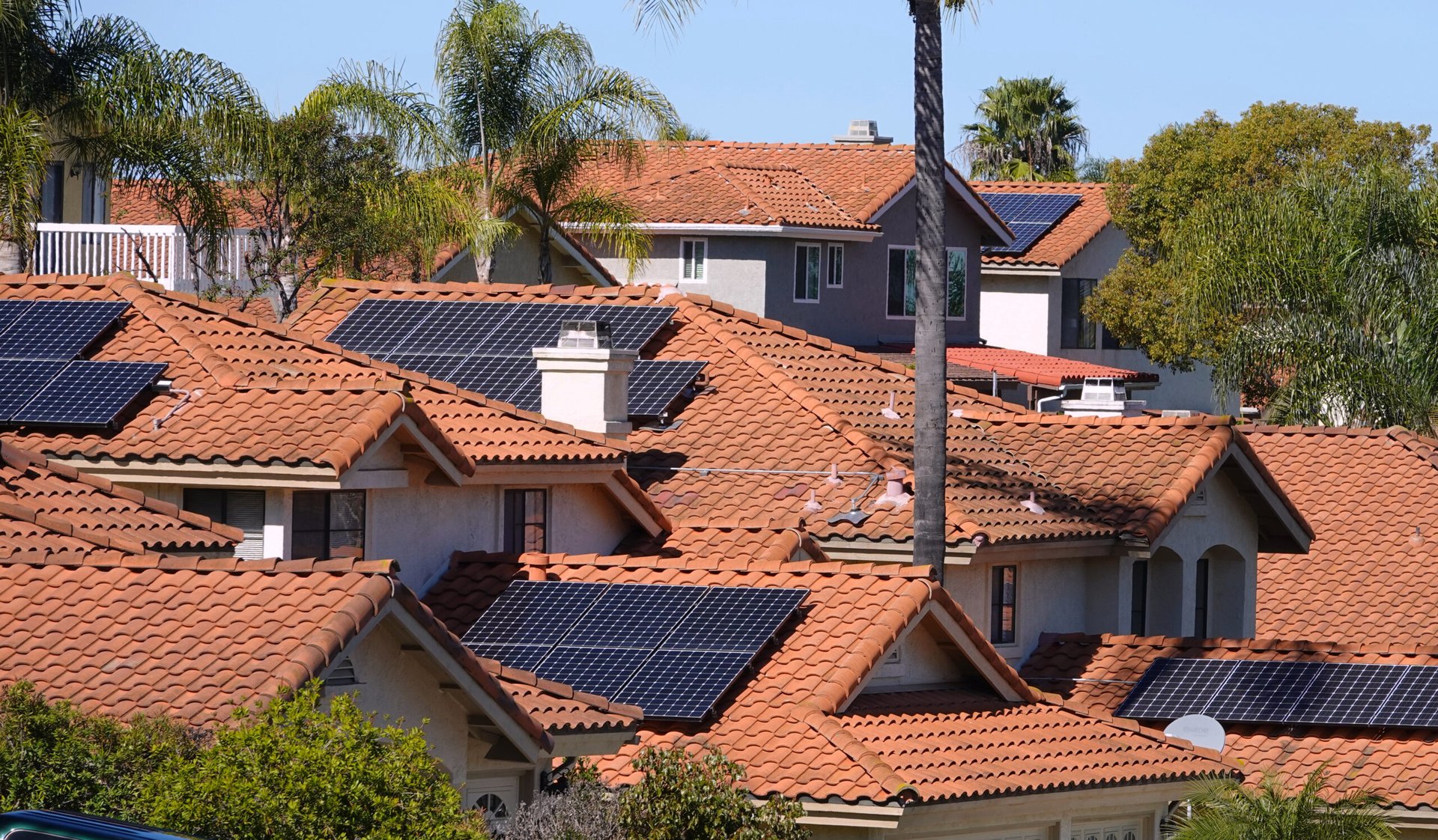The Federal Reserve’s federal funds rate has made the news a lot this year and for a good reason. The Fed raised its rate five times since March 2022, the most increases in one calendar year since 2005. Most recently, on Sept. 21, the rate pushed into 3% territory.
This rate seems important and it keeps changing — and here’s the part that can affect you: When the Fed rate goes up, banks and credit unions tend to raise their rates on deposit accounts. The bottom line: You may earn more interest on your savings. Here’s a quick look at the Fed rate and its effect on different types of bank accounts.
Fed rate increases mean higher rates on savings
One of the Fed’s roles as the U.S. central bank can be likened to driving the economy down a road at a steady pace. And the federal funds rate, or Fed rate, is a key tool to help. The rate itself corresponds to the cost of borrowing cash overnight between banks.
Generally, a falling Fed rate is the Fed pushing the accelerator to stimulate the economy (with cheaper loans); and a rising Fed rate is the Fed slamming the brake to slow down the economy (with pricier loans). Higher borrowing costs pass down from banks to consumers and businesses, who then tend to spend less. And less demand for goods and services can help reverse the trend of rising costs, also called inflation.
Part of a bank’s business is to fund loans using customer deposits. To attract more customers in a rising-rate environment, banks often compete by raising their rates on savings accounts. The same is true for credit unions, the not-for-profit equivalent to banks.
After rate increases, “credit unions tend to raise their interest rates on deposit accounts faster than banks,” says Mike Schenk, chief economist at the Credit Union National Association.
Online banks and online credit unions also differ from traditional banks by being among the first institutions to raise rates on their high-yield savings accounts after a Fed rate increase, a trend NerdWallet has observed.
3 bank account rates rise, 1 doesn’t
Banks and credit unions usually move their deposit rates toward the Fed rate, “but there are differences within the various classes of deposit accounts,” Schenk says.
Here’s the general impact of a Fed rate increase on each type of bank account:
1. Savings accounts
Interest rates rise, especially at online-based institutions.
Your bank may raise its rate for your everyday savings account, but it may not happen instantly or even at all if your account is at a big national bank. Also, bear in mind that savings accounts have variable rates, so they’re subject to change over time.
Your best bet is a high-yield savings account whose rate is typically several times higher than the dismal national average. For savings accounts, that average is 0.17% annual percentage yield, according to the Federal Deposit Insurance Corp. My online savings account changed its rate from 0.40% APY last December to 1.60% this August. I’ve earned about $200 in interest so far this year, which is more than I earned in interest all last year. Learn more about the Fed’s impact on savings accounts.
2. Certificates of deposit
Interest rates rise, especially at online-based institutions.
Certificates of deposit experience the biggest impact after a Fed rate bump. CDs, a type of savings account that locks in your funds upfront for a predetermined period, have fixed rates so you can predict the exact amount earned over the years. The only catch is an early withdrawal penalty that typically hits if you need any funds before a CD’s time frame ends.
As with high-yield savings, high-yield CDs are generally available at online institutions and rates are far higher than those for regular savings accounts. CD terms typically range from three months to five years, and the longer the term, the higher the rate. At best, we’re talking about above 3% APY for current one-year, three-year, and five-year CDs. In contrast, the national average rate for a five-year CD is 0.74% APY, according to the FDIC. Learn more about the Fed’s impact on CDs.
3. Money market accounts
Interest rates rise, especially at online-based institutions.
Money market deposit accounts have rates and features similar to regular savings accounts, except for occasional checking account-like perks such as a debit card or check writing. When banks move rates in line with the Fed rate, you’ll see high-yield money market account rates comparable to those tied to high-yield savings accounts. And their low national average rates closely align, too, with MMA’s national average of 0.18% APY. Traditionally, the minimum balance for an MMA is higher than that of a regular savings account, but some of the best accounts have no minimum.
4. Checking accounts
Interest rates, if available, don’t rise.
An everyday spending account generally doesn’t earn any interest, so there’s no rate to raise. But if you have an interest-earning checking account, don’t expect a rate increase. Interest checking’s national average of 0.04% APY has remained almost completely flat since March 2021, based on NerdWallet analysis of FDIC data. In addition, at least two online interest checking rates have dropped since 2020.
A bank-adjacent account: Cash management accounts
Interest rates may rise, especially at online-based brokerages.
Cash management accounts typically hold cash for investors and are available at some online firms. Like bank accounts, CMAs are federally insured to protect your money if a bank goes bankrupt. Brokerages tend to work with multiple banks to offer these accounts, and after the Fed rate increases, their rates can rise, which has already happened this year.
What’s next for the Fed rate
The Fed’s Federal Open Market Committee only decides on changes to the Fed rate during its eight meetings per year, and there are two left in 2022, Nov. 1-2 and Dec. 13-14. High inflation has been a frequently cited concern and reason for raising the rate, and if that persists, we’re likely to see more rate increases.







































